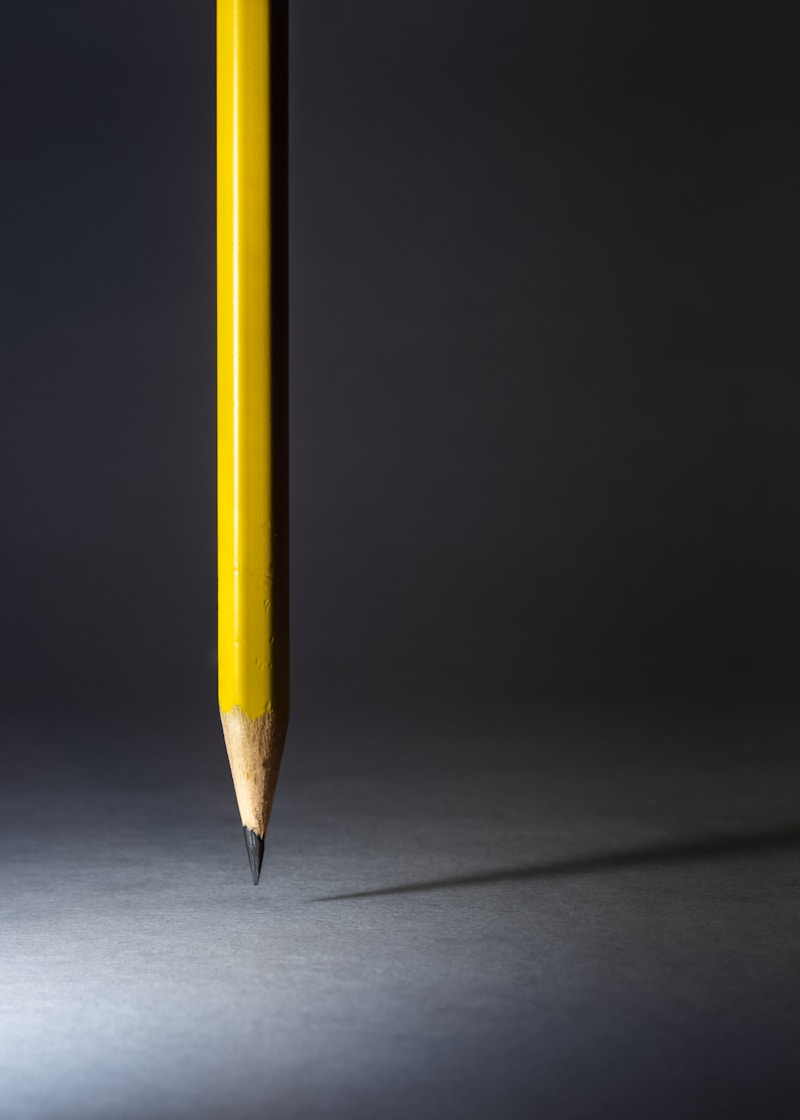Why Communication with Your Designer is Crucial for Successful Projects
Why Communication with Your Designer is Crucial for Successful Projects
The Importance of Effective Communication with Your Designer
In today's fast-paced digital world, where creativity meets technology, the significance of effective communication with your designer cannot be overstated. Whether you're working on a branding project, a website, or any other design-related task, the collaboration between you and your designer can make or break the final outcome. In this article, we will delve into why communication with your designer is crucial and explore several aspects that contribute to successful collaboration.
1. Setting Clear Expectations
One of the primary reasons why communication with your designer is vital is the need to set clear expectations from the outset. Both parties should have a mutual understanding of project goals, timelines, and deliverables. This reduces the chances of misunderstandings and helps maintain a productive working relationship.
| Key Expectations | Description |
| Project Goals | Outline the main objectives of the project, such as increasing brand awareness or improving user experience. |
| Timelines | Establish a timeline that includes milestones for drafts, feedback, and final delivery. |
| Budget | Discuss the budget upfront to avoid any financial surprises down the line. |
2. Encouraging Creative Collaboration
Design is inherently a creative process. Effective communication fosters an environment where creativity can thrive. Encouraging feedback and brainstorming sessions can lead to innovative ideas and solutions that may not have been initially considered. When designers feel comfortable sharing their thoughts, it often results in a more dynamic and effective design process.

3. Providing Constructive Feedback
Another crucial aspect of communication is providing constructive feedback. Designers often rely on client input to refine their work. Clear, actionable feedback helps designers understand what's working and what isn't, enabling them to make necessary adjustments. Aim for specificity in your feedback, addressing aspects like colors, layouts, and typography.
4. Building Trust and Rapport
Trust is a cornerstone of any successful working relationship. Establishing open lines of communication builds trust between you and your designer. When designers feel valued and trusted, they are more likely to go the extra mile to ensure your satisfaction. Scheduling regular check-ins can also help maintain this trust and keep the project on track.
5. Avoiding Miscommunication and Errors
Miscommunication can lead to severe pitfalls in any design project. A simple misunderstanding can result in significant setbacks, wasting both time and resources. By actively communicating your ideas and clarifying any doubts, you can minimize the risk of errors and ensure that the project stays aligned with your vision.
6. Maintaining Flexibility
The design process often involves iterations and revisions. Effective communication allows for flexibility as ideas evolve and new insights emerge. Being open to change and discussing adaptations with your designer will ultimately lead to a more refined and successful final product.
7. Tailoring the Design to Your Audience
Another crucial aspect of communication is understanding your target audience. Your designer should comprehend your customer demographics, preferences, and pain points to create more effective designs. Sharing market research, competitor analysis, and any customer insights with your designer allows them to tailor the designs to your audience more accurately.
8. Establishing a Feedback Loop
A feedback loop is essential for continuous improvement throughout the design process. It involves regular exchanges of ideas and critiques among all stakeholders involved. This not only enhances the final output but also promotes a sense of collaboration and shared ownership of the project.
9. Using Design Tools for Better Communication
Technology has made it easier than ever to communicate effectively with your designer. Using design collaboration tools like Figma, InVision, or Adobe XD streamlines the feedback process by allowing you to comment directly on designs, create annotations, and provide visual examples. This reduces miscommunication and aligns expectations more accurately.
10. Post-Project Evaluation
Once the project is completed, taking time to evaluate its success is beneficial. A debriefing session with your designer can help identify what worked well and what could be improved for future collaborations. This continuous feedback loop not only enhances your relationship but contributes to better outcomes in subsequent projects.
Conclusion: The Takeaway
In conclusion, communication with your designer is crucial for any successful project. From setting clear expectations to providing constructive feedback, every aspect of your interaction shapes the final product. Remember to listen actively, be open to ideas, and maintain trust throughout your collaboration. Whether you are embarking on a new branding initiative or refreshing an existing design, prioritizing communication will yield better results, ensure alignment with your goals, and ultimately create a design that resonates with your audience.
Recommendations: Always ensure that communication channels are open and accessible, provide timely feedback, and consider using collaborative tools to enhance the design process. Be patient and understanding, as effective communication takes time and effort but pays off in remarkable ways.
